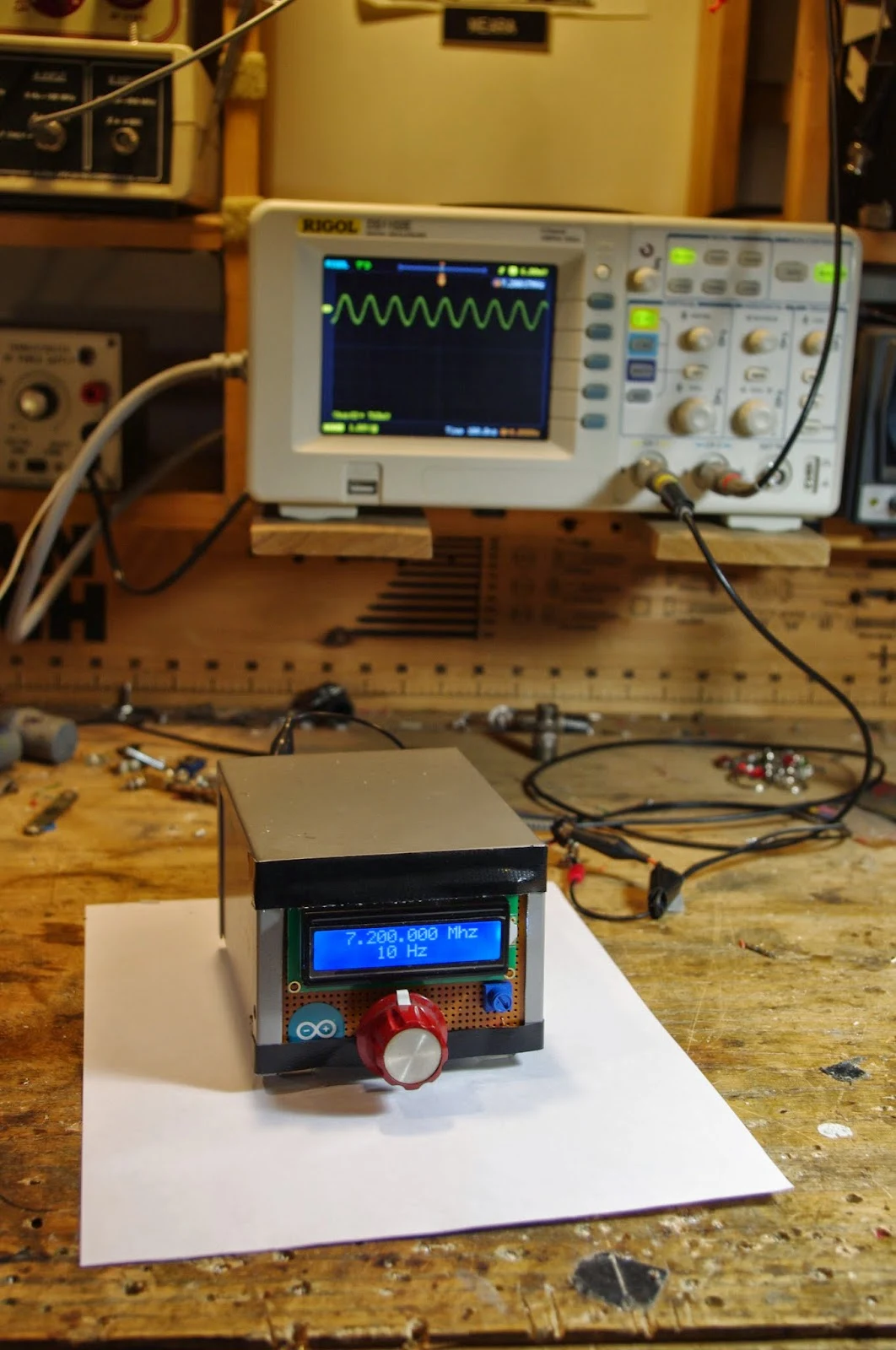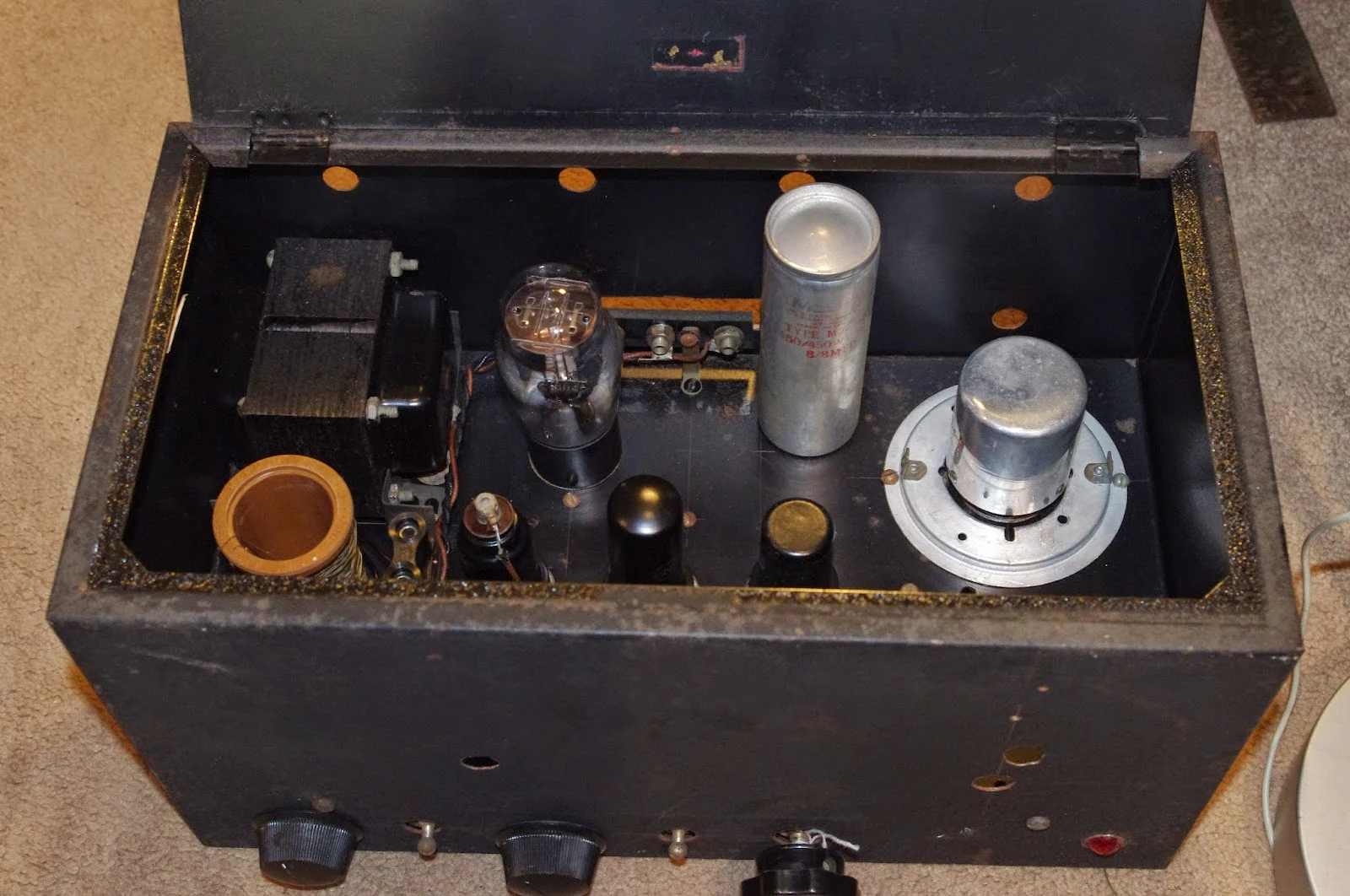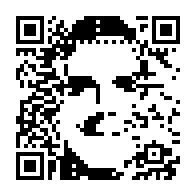Hello Bill!
Just a quick hello from MN to tell you how much I have been enjoying your podcast. Although I have "plugged" your stuff in multiple magazine columns over the years, I'm a bit late getting into the listening game. My current contract job has me doing a lot of driving, however, so I now have several years' worth of soldersmoke to enjoy.
Several of the most recent episodes have made it clear that we have covered some common ground in our amateur radio careers.
I was licensed in 1977 at age 15 -- a year after I built my Tuna Tin 2 :) The transmitter was a smashing success. I used it with my Tempo One transceiver, or at the electronics repair shop at a local National Guard base (where my mom worked as a civilian administrator). I would ride my bike to Camp Ripley (only 8 miles or so), and the guys in the signal shop would let me use the shop's Collins KWM-2 HF transceiver (and attached dipole). Other than my efforts, I don't think the KWM-2 got much use...
I, too, tried to get the Herring Aid 5 to work, with no luck at all. Listening to your podcast was like being in a time machine of sorts :) I wonder if I got the "sense" of the oscillator secondary messed up? I never did get that thing to make even a sound. I don't have it any longer. The same goes for the TT2. They got "lost" when I stored a bunch of stuff at my dad's place in-between moves, as did a home-brew 4-400A amplifier and a 6146B amplifier for my Ten-Tec Argonaut. Darn!
Don't forget about the matching VFO -- the Chopped Beef Slider (CB Slider), which was built into a chopped beef can, of course! I didn't build one, but as I recall it was a diode-tuned 40-meter VFO for the TT2.
Your "regen rage" and its subsequent easing was also amusing. I have had a love-hate relationship with those buggers, too, although mine was mostly love. You referenced Dave Newkirk's (now W9VES) 40-meter QST regen article in a podcast. I was fortunate enough to be a QST editor at the time Dave was in his "second residence." That guy forgot more about receivers than I will ever know, and he helped me tremendously in official and unofficial capacities.
I have attached a photo (above) of a multiband regen that Dave helped me build (he designed and dispensed wisdom while I built the radio). He took a schematic from a 1930s ARRL Handbook and tweaked it a bit, helping me add a VR tube, "more modern" tubes and a few other goodies. Just to be difficult, I sampled the tank circuit with a tiny-value capacitor and a high-gain MMIC amplifier so I could drive a frequency counter, which displayed the receive frequency as long as the tank was oscillating. It was fun, but it was difficult to isolate the digital noise from the counter, so I only really turned on the counter as necessary, or to calibrate a dial, etc. The chassis used to be an Eico audio signal generator... In the photo the Jackson Brothers dial and bezel/tuning scale isn't completely installed. After sitting in a box for 25 years, the regen still works but probably needs new tubes, as it's rather deaf :) Blasphemy aside, I'm moving on to solid-state regens...
I, too, just got a Rigol DSO. Wow, the "one-button" measurement is almost too easy.
I'm prepping my book, Stealth Amateur Radio, for release on the Kindle (and maybe other e-book formats), but it's available now from my website,
www.stealthamateur.com.
Keep up the good work, Bill.
I'll be listening. :)
73,
--Kirk Kleinschmidt, NT0Z
Rochester, MN
Editor, 1990 ARRL Handbook
Technical Editor, Ham Radio for Dummies
QST Assistant Managing Editor, 1988-1994
Ham Radio Columnist since 1989 for:
Popular Communications
Monitoring Times and now,
The Spectrum Monitor (
www.thespectrummonitor.com)
My book, "Stealth Amateur Radio," is now available from
www.stealthamateur.com and on the Amazon Kindle (soon)
Our book: "SolderSmoke -- Global Adventures in Wireless Electronics"
http://soldersmoke.com/book.htm
Our coffee mugs, T-Shirts, bumper stickers:
http://www.cafepress.com/SolderSmoke
Our Book Store:
http://astore.amazon.com/contracross-20


















































